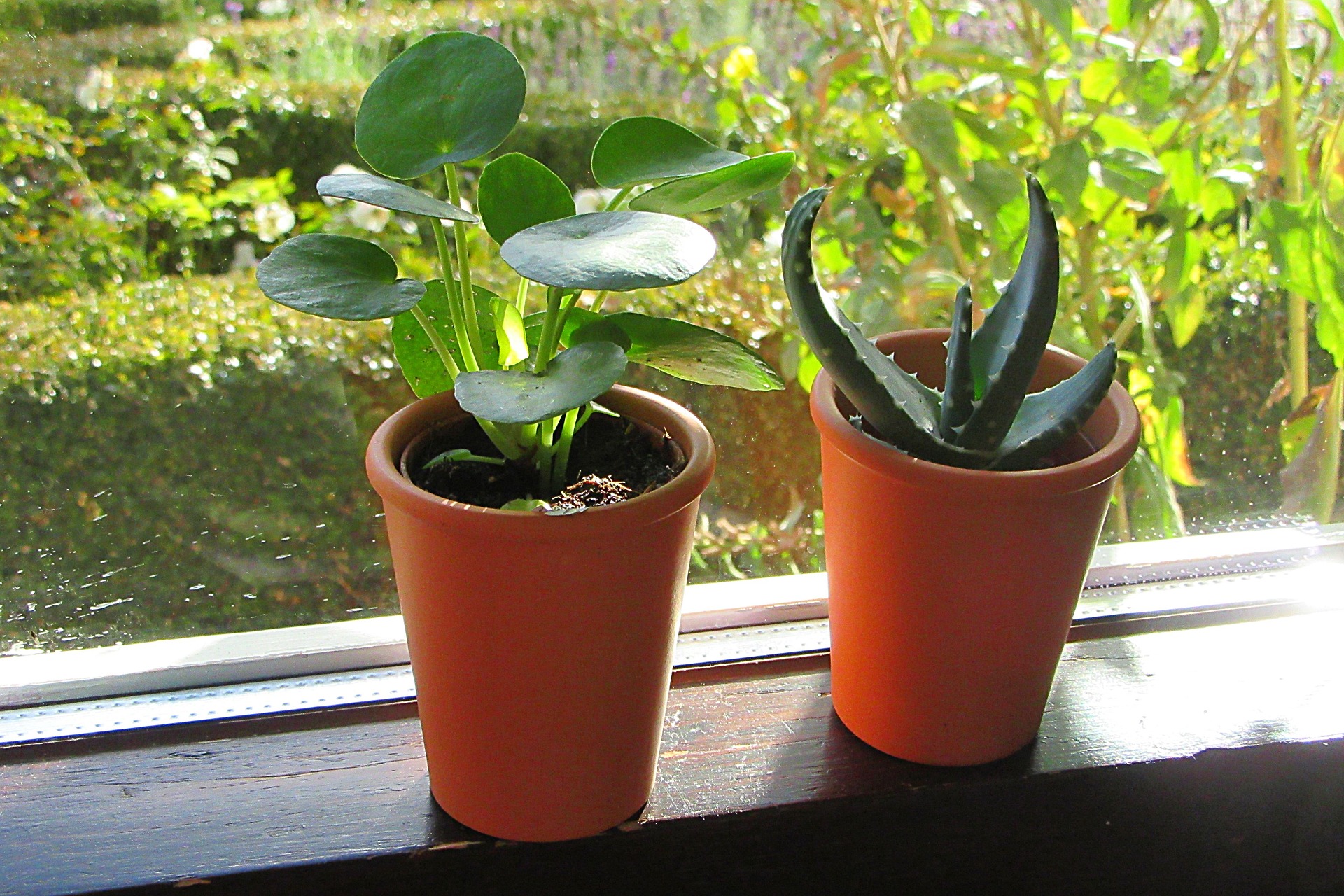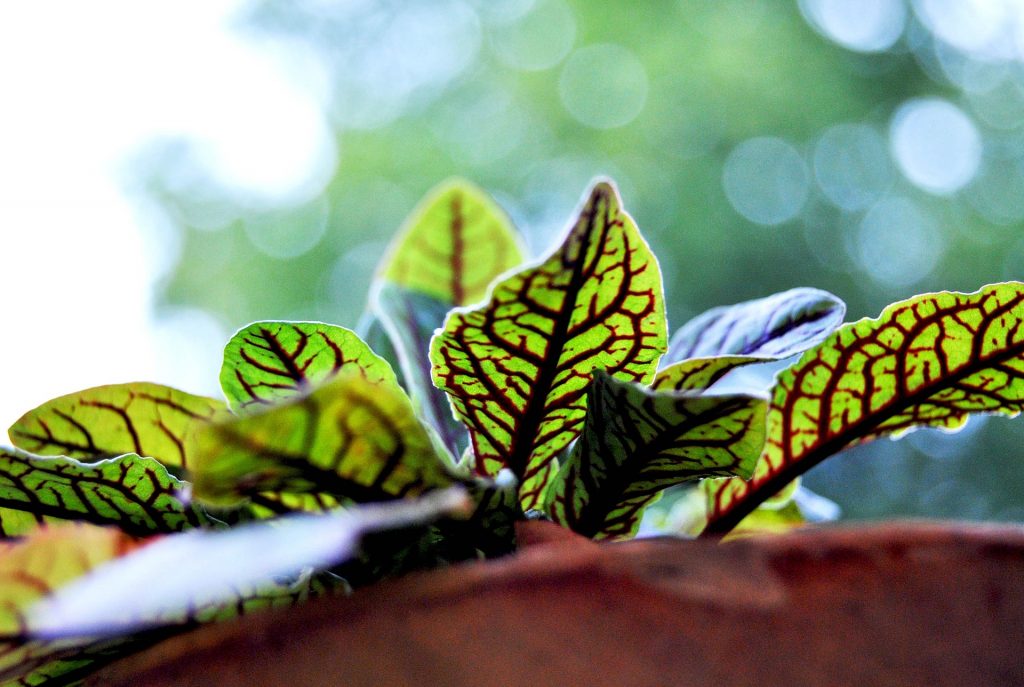
Here comes the sun! Daylight Saving Time 2019 starts on Sunday. Photo: Beatrize/Creative Commons License
We say days are “growing longer” when we start getting more minutes of sunshine each day. Wouldn’t it be nice if that meant we got more than 24 hours in a day? I’d even take a secret eighth day a week no one else knows about.
With the generous amount of rain we’ve experienced in California and in San Diego County, it’s been harder to tell there are more daytime minutes. Maybe it’s the reason why it’s such a surprise to realize we switch to Daylight Saving Time for 2019 this weekend – Sunday, March 10. Before going to bed on Saturday night, move your clocks forward one hour. End of public service announcement.
Daylight Saving Time (no S on Saving!) was changed to the second Sunday in March in 2005, so we should be used to it by now. Benjamin Franklin sometimes gets the credit for creating the idea of changing the clocks from a 1784 letter he wrote to a Paris newspaper. But it turns out he was kidding to make a point about the French being lazier than Americans. “Early to bed and early to rise” was more a Puritan’s ethic. Germany was the first country to adopt timing changes in 1916 to conserve resources during World War I.
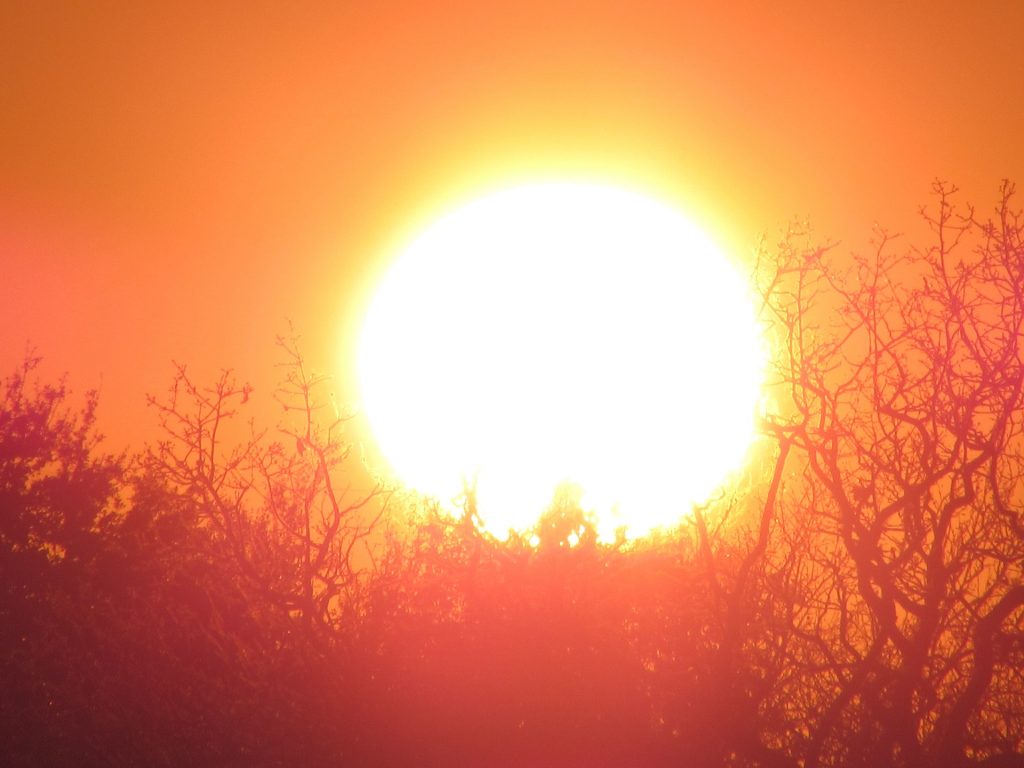
Auto accidents and heart attacks go up with the time change, but crime goes down. Photo: Bucky Lastard/Pixabay – Creative Commons
It isn’t just night owls who take the hit from a lost hour of sleep. Research shows an increase in auto accidents and heart attacks after the time change. Parents of small children report higher levels of unhappiness during the spring transition, when they lose an hour of sleep. One good bit of news though: crime drops after we spring forward due to less nighttime cover of darkness to rob, steal, and hurt people.
This information points out yet again how deeply our physical and mental health is tied to the rhythms of nature. We may live in highly developed urban environments, supported by the latest in technology. A mere hour time change shouldn’t matter so much, but it does.
Without the artificial time changes, we would naturally adjust to dawn during the summer months, and back again during the autumn months. We interrupt this natural adjustment by bringing it on all at once. We try to fool our internal biological clocks and while we can force ourselves to follow an artificial time schedule, nature fights against it. Different chronotypes (the generic predisposition to be an early bird or a night owl) feel the effects of time changes in different ways.
In 2013, researchers at the Interdepartmental Neuroscience program at Northwestern University in Chicago reported finding evidence of the strong relationship between workplace daylight exposure and office workers’ sleep, activity and quality of life.
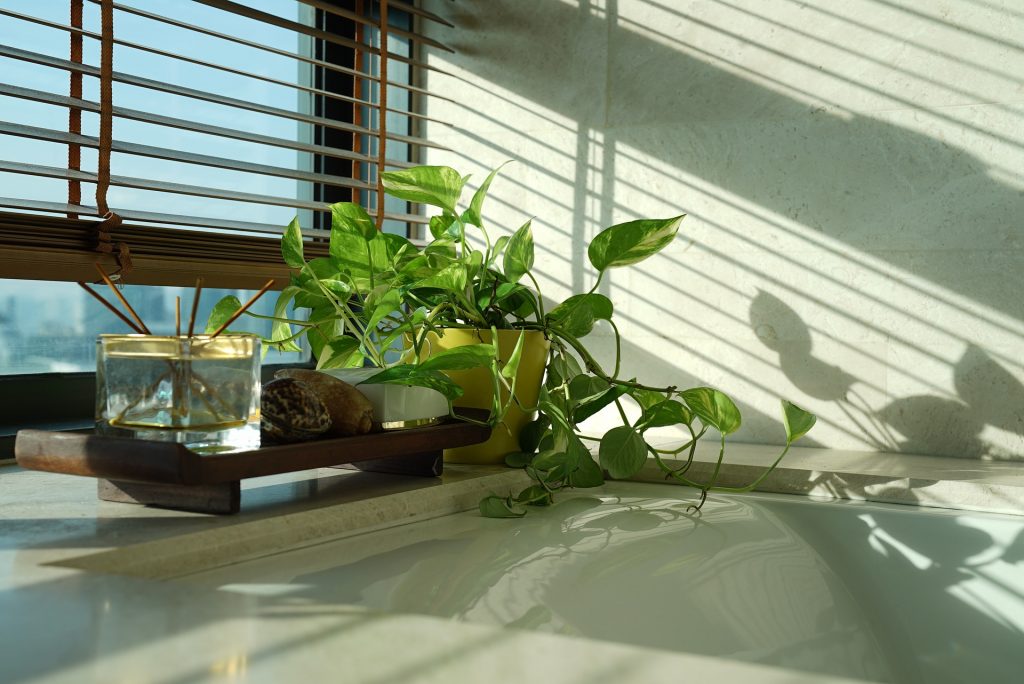
Do you have some natural light in your workplace? Take full advantage of it and add plants to your space. Photo: Spencer Wing/Pixabay – Creative Commons License
People who worked where there were windows got 173 percent more light exposure during work hours, resulting in an average of 46 minutes more sleep every night compared to workers in offices with no windows. The workers without windows scored lower on quality of life measurements related to physical health and energy, and they reported more problems with sleep quality, interrupted sleep and daytime “dysfunction” (feeling sluggish or actually falling asleep).
The bottom line is that the more time we spend in an artificial environment without the presence of natural cues, our health suffers. It’s true for all sorts of natural influences, not just light. This is what the study of biophilia, the human connection to all of nature’s living systems, is about.
From what we have learned about things like time changes is that we need to try our best to recreate the natural environment in our artificial urban world. The more we can simulate nature by providing bright natural light, clean air without chemical exposure, and adding plants (my favorite!), the better we will feel and function day to day.
Even if you were caught by surprise too, nature is ready. Plants can tell spring is nearly here. Early March is the preferred time to repot and prune back container plants you might have brought indoors during the winter months. This is also the perfect time of year to repot your indoor houseplants, or start growing new ones.
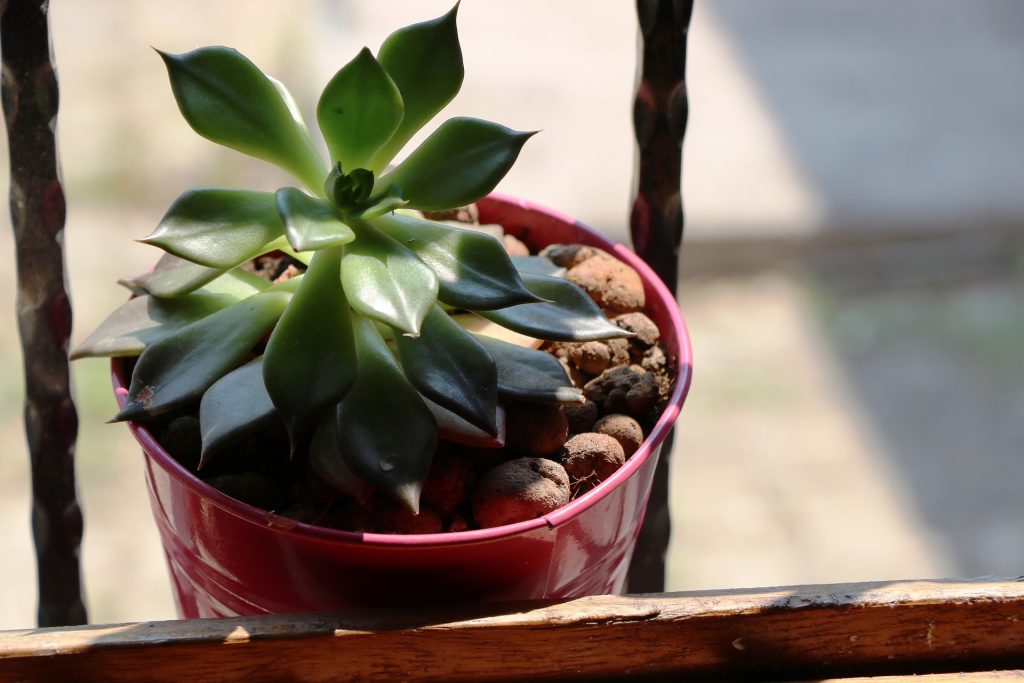
Spring is the perfect time to get started with indoor plants. Try something easy to start with, like this succelent! Photo Kare Taser/Pixabay – Creative Commons License
If you are a regular reader of my blog posts you know I encourage everyone to add more nature into their indoor environments. Have you been procrastinating? Spring is the perfect time to give plants a new home on your desk or somewhere nearby in your view. If you are new to growing plants indoors, you’ll have the best chance of success as we get more sunlight through the windows and we turn down the blast of dry indoor heating.
Besides, wouldn’t it be a shame to waste all that gorgeous natural light inside without any plants to take advantage of it? If a little nature in the workplace is good, a little more in the form of greening up your office (and your home too) can only be better. If you need a hand, Good Earth Plant Company is ready to spring into action! See what we did there?

